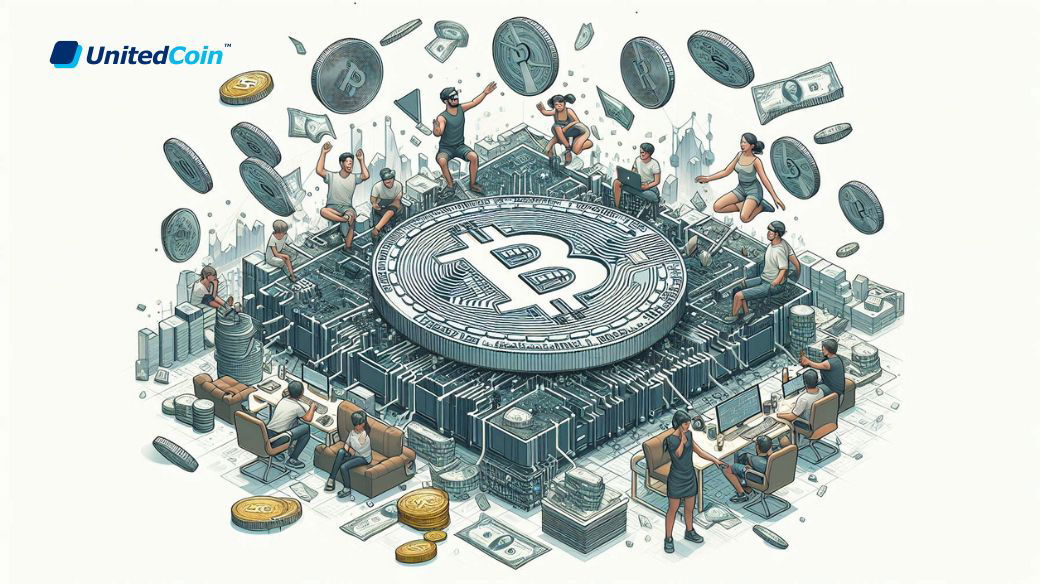As the cryptocurrency market continues to evolve, different standards and protocols emerge to address various needs and requirements. One such standard is TRC20, which is specifically designed for tokens on the TRON blockchain. Tether (USDT), a popular stablecoin, has adopted the TRC20 standard, leading to the creation of TRC20 USDT tokens. In this article, we’ll delve into the intricacies of TRC20 USDT transactions, exploring their technical aspects, benefits, and differences compared to other types of USDT transactions.
Understanding TRC20 USDT Transactions:
TRC20 USDT transactions involve the transfer of Tether (USDT) tokens that are built on the TRON blockchain using the TRC20 token standard. Unlike other types of USDT tokens, such as those based on the Ethereum blockchain (ERC20) or the Omni Layer protocol, TRC20 USDT tokens utilize the TRON network for their issuance, transfer, and management.
Technical Aspects of TRC20 USDT Transactions:
TRC20 Protocol: The TRC20 protocol defines the technical standards and requirements for tokens issued on the TRON blockchain. It enables smart contract functionality, allowing developers to create and manage custom tokens, including USDT.
Smart Contracts: TRC20 USDT transactions are executed through smart contracts deployed on the TRON blockchain. These smart contracts govern the issuance, transfer, and burning of USDT tokens, ensuring transparency and security in transactions.
Transaction Speed and Cost: TRON blockchain is known for its high throughput and low transaction fees, which contribute to faster and more cost-effective TRC20 USDT transactions compared to other blockchain networks.
Benefits of TRC20 USDT Transactions:
Scalability: The TRON blockchain offers high scalability, allowing for rapid processing of transactions even during periods of high network congestion. This scalability enhances the efficiency of TRC20 USDT transactions, especially for large-scale transfers or trading activities.
Low Transaction Fees: TRC20 USDT transactions typically incur lower fees compared to transactions on other blockchain networks, making them an attractive option for users seeking cost-effective solutions for transferring value.
Interoperability: TRC20 USDT tokens can be seamlessly integrated with other TRON-based decentralized applications (DApps) and smart contracts, enabling a wide range of use cases, including decentralized finance (DeFi), gaming, and tokenized assets.
Differences Compared to Other USDT Transactions:
Blockchain Infrastructure: TRC20 USDT transactions occur on the TRON blockchain, whereas other types of USDT transactions, such as ERC20 and Omni, occur on the Ethereum blockchain and the Bitcoin network, respectively.
Transaction Speed and Cost: TRC20 USDT transactions offer faster confirmation times and lower fees compared to ERC20 and Omni USDT transactions, owing to the scalability and efficiency of the TRON blockchain.
Ecosystem Integration: TRC20 USDT tokens are integrated into the TRON ecosystem, allowing for seamless interaction with other TRON-based tokens, DApps, and services, whereas ERC20 and Omni USDT tokens are primarily associated with the Ethereum and Bitcoin ecosystems, respectively.
Conclusion:
TRC20 USDT transactions represent a significant advancement in the realm of stablecoin transactions, offering enhanced scalability, efficiency, and interoperability on the TRON blockchain. By understanding the technical aspects, benefits, and differences compared to other types of USDT transactions, users can make informed decisions when utilizing TRC20 USDT tokens for various financial activities, including payments, trading, and investment. As the cryptocurrency landscape continues to evolve, TRC20 USDT transactions are poised to play a pivotal role in shaping the future of decentralized finance and digital asset management.




